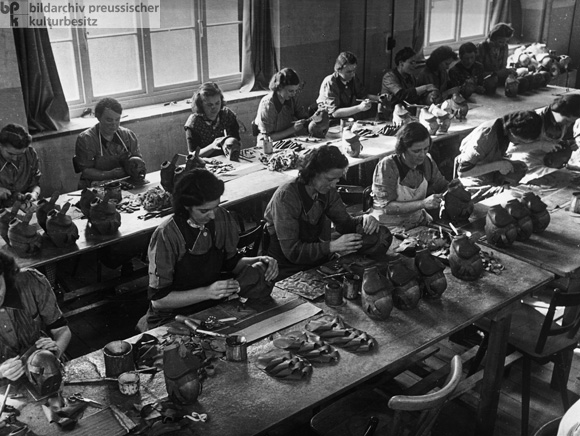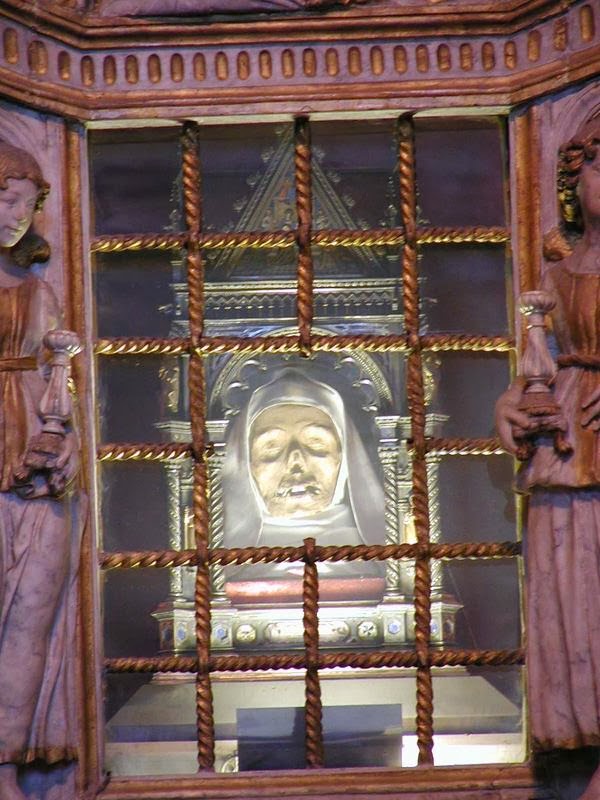Much
as Christina of Markyate concealed herself away in the hermitage of Roger,
anchoresses in the Middle Ages would live a life of piety and prayer, closing
themselves into an anchorhold within a church, alone and yet not away from
people, being “anchored” close to the church visitors. In fact, Ancrene Wisse,
the prescriptive rulebook on being an anchoress, highlights the fact that they
were, at least in theory, supposed to have one window through which they could
communicate with the public, offering up their knowledge as a devoted and wise
servant of Christ. In some ways, rather than a “recluse,” it appears
anchoresses may have been more like storehouses of spirituality, confined for
the sake of preserving their spirituality but not unapproachable by the outside
world. In addition, perhaps, such accessibility, which differed from those who
chose to live off in remote areas of nature, like hermits, gave them a more
influential role in society. In addition, they were permitted to have one
window for an “assistant,” whose role, in whatever capacity her or she served,
as under the command of the anchoress shows an anchoress’ authority at the
time. The fact that there were expected to be even more than one window represents
the idea that anchoresses were an integral part to the church, needing to
participate at certain times via the windows. However, the life of an anchoress
was more than likely still spent much in isolation and within close quarters,
which shows finding agency in a patriarchal world was not always the most
comfortable or easy path. On the other hand, the isolation would have helped in
establishing an anchoress’ independence, a valuable asset to her agency. The
life an anchoress chose was simultaneously situated within an urban and patriarchal
world, yet permitted her to escape from and interact with it at her own will
(based on her windows).


View of an Anchorhold from outside attached to All Saints' Church, King's Lynn in Norfolk, UK.
http://people.cohums.ohio-state.edu/Winstead2/716/AllSts/extne.jpg







.jpg)

